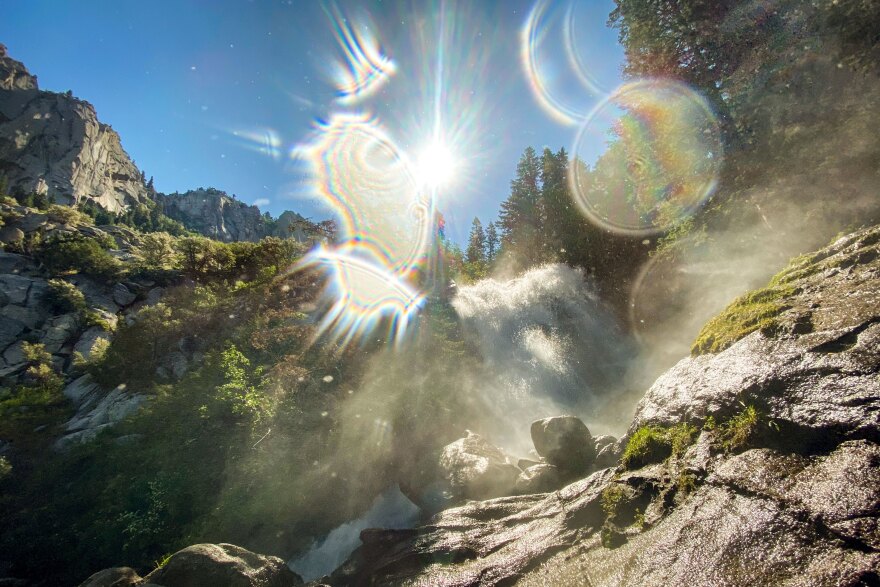Did you know that Utah has the highest rate of melanoma in the country? The state sits well ahead of the national average, according to CDC data from 2016-2020, the most recent years available. It’s a distinction that sticks out, even as incidences of skin cancer have been climbing steadily nationally for decades.
To learn more about it, we asked Douglas Grossman, who studies melanoma at the Huntsman Cancer Institute in Salt Lake City and is a professor of dermatology at the University of Utah.
The state’s large fair-skinned population, outdoor recreation culture and elevation are all complicit in the high rates, he said.
You can actually get a sunburn faster in Utah than you could on the coasts, Grossman explained, since the air is thinner at altitude. “And so I think the UV exposure is several percent higher per thousand feet of elevation. We're at an altitude of 5,000-6,000 feet, so our sun here is much stronger than it would be at sea level.”
Plus, Utah’s environment could also trick people into thinking they don’t need sunblock. Like, it’s cooler in the mountains in the summer, and the winters are cold. You can still get sunburns no matter the temperature and even on cloudy days.
“We've seen a number of patients with very bad sunburns coming back from Bear Lake,” he said. “The water's cold, and maybe they just don't feel like they need to protect their skin as if they were on a beach in warmer weather.”
Wearing sunscreen may seem like simple and obvious advice, but it appears Utahns have some wrong ideas.
“Probably the biggest misconception that I hear is that getting a tan is protective for your skin,” said Grossman.
A tan indicates skin cell DNA has been damaged, he explained. It’s “a warning sign that your skin is telling you that it's getting too much sun, and so it's trying to protect itself by making more pigment.”
Plus, a tan doesn’t give much protection – Grossman compared it to a sunscreen of only SPF four or six.
“So it's much safer, and certainly you're better protected, to wear sunscreen than to try to get a tan to protect yourself from future exposures.”
Grossman recommends a mineral sunscreen with zinc or titanium, as they are “very stable, and they don't break down like chemical-based sunscreen.”
“You don't have to keep reapplying them. They're longer lasting and more effective.”
Or, just avoid the middle part of the day when the sun is strongest. Grossman said that alone significantly reduces exposure. Plus, he recommends covering up skin with protective clothing, with an emphasis on wearing a hat to protect the scalp and face.
For those worried about not getting enough Vitamin D with all that sun protection, Grossman said “You don't need that much exposure to make vitamin D.” He believes that people only need about 10-15 minutes of sun exposure a week to make the minimum amount of Vitamin D and “that assumes that you’re not getting any in your diet – a lot of foods are fortified with Vitamin D.”






